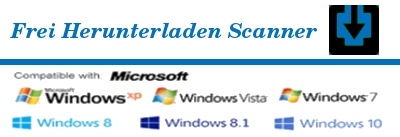Microsoft Update.lnk – Beseitigen abschütteln Microsoft Update.lnk
[su_note note_color=”#DCDEFD” text_color=”#333333″ radius=”3″ class=””] Microsoft Update.lnk ALIASE – Adware-BDSearch.sys, BrowsingEnhancer, Burnaby Module Ecard viewer, Claria.ScreenScenes (threat.c), Adware.Delfin.B, Vapsup.clt, Zango.G, Adware-OneStep.b, DeskBar, Lanzardll.exe, AdRoad.Cpr[/su_note]
[su_table url=”” responsive=”no” class=””]
| Name Der Malware-Datei | Microsoft Update.lnk |
| Gefährlich | |
| Bedrohung Gemeldet Graf | 7 |
| Dateityp | Other Files |
| Beschreibung | Microsoft Update.lnk ist Other Files datei, malware infiziert und gemeldet 7 mal. Frei Herunterladen Der ScannerMicrosoft Update.lnk Fehler zu beheben |
| Letzte Aktualisierung | 28-Feb-2017 |
[/su_table]
Microsoft Update.lnk ÜBERBLICK
Microsoft Update.lnk wird wegen einer Software von Drittanbietern oder wegen einer Virusinfektion infiziert. Möglicherweise haben Sie die folgende Anwendung oder eine andere kostenlose Software installiert. Einige der gemeldeten Software sind Big Faceless Java PDF Library 2.5.1 , PlaneShift 0.6.1 , BirdClock 1.0.4 , DVDRipper Pro 4.1.0 , BioShock 2 , Virtual City 2: Paradise Resort 1.2 , docXConverter 3.3 , Tipard iPhone 4 Video Converter , JDock 1.4 , Joboshare iPhone Ringtone Maker , Metadatics 1.4.3 , PandaRemote 1.02 , FLV Viewer 0.4
Microsoft Update.lnk – Technisch Einzelheiten
| Warnung, viele Antivirenscanner haben Microsoft Update.lnk als Bedrohung für Ihren Computer erkannt | ||
| Microsoft Update.lnk wird durch diese Anti Entführer Scanner markiert | ||
| Antiviren Software | Fassung | Entdeckung |
| TrendMicro-HouseCall | 2018.0.5637 | Nicht spezifisch |
| F-Prot | 3.1.427127 | Malware.Win64.Microsoft Update.lnk.AA |
| PhishLabs | 4.459539 | Variante von Win64/Malware.Microsoft Update.lnk.A |
| zvelo | 4.6.433 | Easya-z.com |
| Vorschlag: Entferne Microsoft Update.lnk Sofort – Frei Herunterladen | ||
- %Programmdateien%\Microsoft Update.lnk\Microsoft Update.lnk
(Hinweis: %Programmdateien% bedeutet, dass es sich um den Standardordner handelt, in dem Software installiert ist C:\Programmdateien.)
Virus kann diese Ordner erstellen:
- %Programmdateien%\Microsoft Update.lnk
- %Programmdateien%\Microsoft Update.lnk\AKTUALISIERUNG
(Hinweis: %Programmdateien% – Dies ist der Standardordner, wenn Sie die Standardoption Like nicht geändert haben C:\Programmdateien.)
Microsoft Update.lnk verwandte Andere Systemänderungen
Microsoft Update.lnk Korruption kann löscht die folgenden Dateien:
- %Temp%\endn.tmp
- %Temp%\eobce.tmp
(Hinweis: %Temp% ist der Windows OS Temporary-Ordner, – C:\Windows\Temp or C:\WINNT\Temp.)
Es fügt die folgenden Registrierungsschlüssel:
HKEY_CURRENT_USER\AppEvents\Microsoft Update.lnk
HKEY_CURRENT_USER\Console\Microsoft Update.lnk
HKEY_CURRENT_USER\Control Panel\Microsoft Update.lnk
HKEY_CURRENT_USER\Environment\Microsoft Update.lnk
HKEY_CURRENT_USER\EUDC\Microsoft Update.lnk
HKEY_CURRENT_USER\Identities\Microsoft Update.lnk
HKEY_CURRENT_USER\Keyboard Layout\Microsoft Update.lnk
HKEY_CURRENT_USER\Network\Microsoft Update.lnk
HKEY_CURRENT_USER\Printers\Microsoft Update.lnk
HKEY_CURRENT_USER\Software\Microsoft Update.lnk
HKEY_CURRENT_USER\System\Microsoft Update.lnk
HKEY_CURRENT_USER\Volatile Environment\Microsoft Update.lnk
Woher Korruption hereingekommen ist Microsoft Update.lnk
- %Programmdateien%\Microsoft Update.lnk\AKTUALISIERUNG\Microsoft Update.lnk
- %Desktop%\Microsoft Update.lnk\Microsoft Update.lnk
Andere Einzelheiten
Microsoft Update.lnk Korruption löst eine andere Infektion aus. Ransomware & Trojaner berichtet in PC, wo infizierte Microsoft Update.lnk entdeckt wurde
[su_box title=”Wie Fix Microsoft Update.lnk Verwandte Probleme” style=”default” box_color=”#333333″ title_color=”#FFFFFF” radius=”3″ class=””] Probleme
Verfahren 1 – Laden Sie diese Software herunter Microsoft Update.lnk ähnliches Problem zu beheben Microsoft Update.lnk Korruption, Microsoft Update.lnk Nicht gefunden, Die Datei Microsoft Update.lnk fehlt, Kann nicht starten [ANWENDUNG]. Eine erforderliche Komponente fehlt: Microsoft Update.lnk Bitte installieren [ANWENDUNG] nochmal, Nicht finden können [PATH]\Microsoft Update.lnk\Microsoft Update.lnk, Diese Anwendung konnte nicht gestartet werden, weil Microsoft Update.lnk nicht gefunden wurde. Eine Neuinstallation der Anwendung könnte das Problem lösen. Detaillierten Prozess anzeigen
Verfahren 2 – Manuelle Methode, um Microsoft Update.lnk-Fehler zu beheben
[/su_box]
Verfahren 1 – Automatische Microsoft Update.lnk-Entfernung Leitfaden
Erste von alle Herunterladen und Installieren die Microsoft Update.lnk Malware Scanner
Schritt 1: Im ersten Schritt kompiliert er alle auf dem PC gespeicherten Daten und identifiziert die Ursache des Probleme aufgrund von Microsoft Update.lnk. Dann beginnt es die Hardware zu überprüfen.
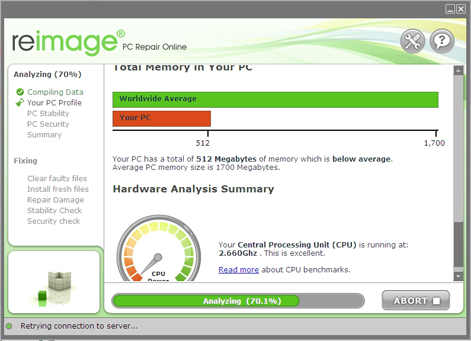
Schritt 2: Im zweiten Schritt wird Microsoft Update.lnk zu Stabilitätsproblem im PC führen.
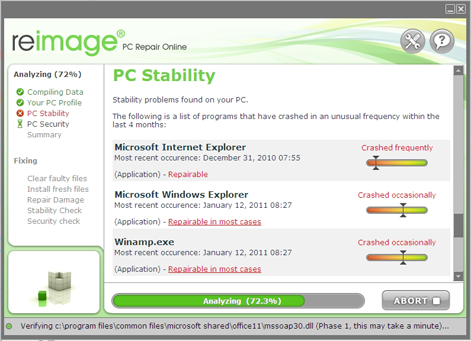
Schritt 3: Als nächstes startet es den Systemwiederherstellungsprozess.

4: Dann scannt Microsoft Update.lnk Scanner den gesamten Speicher Ihres PCs.

Schritt 5: Dann müssen Sie den Neustart-Taste drücken Prozess beenden Wiederherstellen
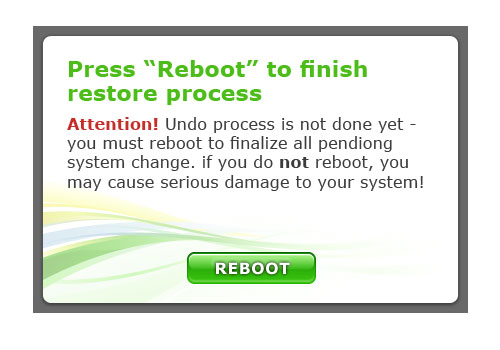
Schritt 6: Gehen Sie für die Lizenzierung, um Microsoft Update.lnk vollständig vom PC zu entfernen und alle anderen Probleme zu beheben, die aufgrund des Microsoft Update.lnk Virus verursacht werden
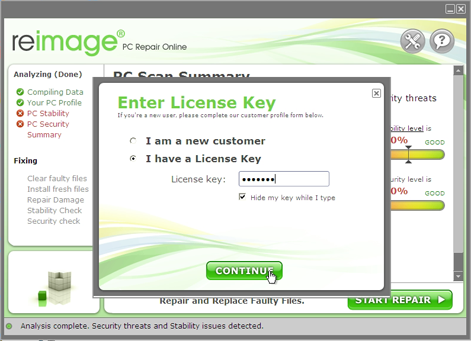
Verfahren 2 – Manuelle Methode, um Microsoft Update.lnk Fehler zu beheben
Schritt 1
Löschen Sie diesen Registrierungsschlüssel
 HKEY_CURRENT_USER\AppEvents\Microsoft Update.lnk
HKEY_CURRENT_USER\AppEvents\Microsoft Update.lnk
HKEY_CURRENT_USER\Console\Microsoft Update.lnk
HKEY_CURRENT_USER\Control Panel\Microsoft Update.lnk
HKEY_CURRENT_USER\Environment\Microsoft Update.lnk
HKEY_CURRENT_USER\EUDC\Microsoft Update.lnk
HKEY_CURRENT_USER\Identities\Microsoft Update.lnk
HKEY_CURRENT_USER\Keyboard Layout\Microsoft Update.lnk
HKEY_CURRENT_USER\Network\Microsoft Update.lnk
HKEY_CURRENT_USER\Printers\Microsoft Update.lnk
HKEY_CURRENT_USER\Software\Microsoft Update.lnk
HKEY_CURRENT_USER\System\Microsoft Update.lnk
HKEY_CURRENT_USER\Volatile Environment\Microsoft Update.lnk
Schritt 2
Löschen Sie diesen Registrierungswert

Im HKEY_CURRENT_USER\Software\Microsoft Update.lnk
Im HKEY_CURRENT_USER\Software\Microsoft Update.lnk
Schritt 3
Suchen und löschen Sie diese Dateien
Einige bösartige Dateien sind versteckt. Wählen Sie die Option zum Anzeigen aller versteckten Dateien
%Programmdateis%\Microsoft Update.lnk\AKTUALISIERUNG\Microsoft Update.lnk
%Desktop%\Microsoft Update.lnk
Schritt 4
Suchen und löschen Microsoft Update.lnk ordner
Aktivieren Sie zuerst die Option, um alle versteckten Dateien anzuzeigen
%Programmdateis%\Microsoft Update.lnk
%Programmdateis%\Microsoft Update.lnk\AKTUALISIERUNG
Schritt 5
Wiederherstellen Microsoft Update.lnk Datei. Wiederherstellung nur Datei Microsoft OS.

